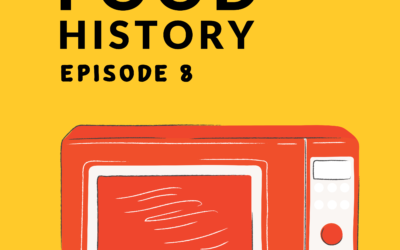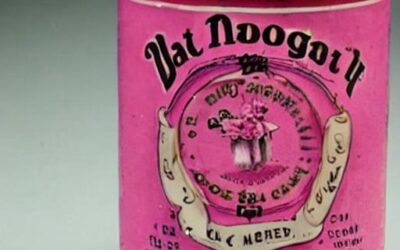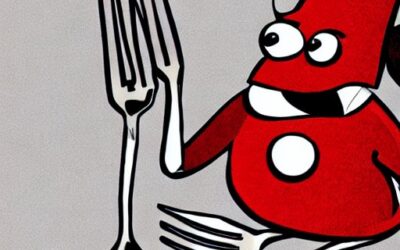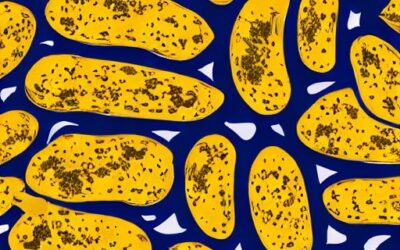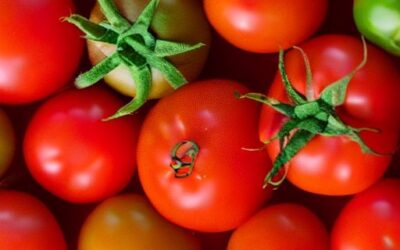A poor man’s meal: lobster.
Food history for the future of food
“If you imagine a lobster talking, it probably has a British accent. Draw an animated lobster, and I bet you’ll include a top hat, a monocle, and an opera cape,” wrote food and restaurant reviewer Greg Elwell.
But up into the 1800s, lobster was considered trash food in the U.S., fit only to feed prisoners, the poor, and cats. Surprising, huh?
That is a stark contrast to nowadays – lobster is a fancy and even posh food, second maybe only to caviar. The seafood analog to steak is something fit to be served at a president’s dinner party. Because lobster is delicious, it is also costly nowadays, given its rich meat and subtle taste.
So how did lobster rise from the dirty bottom of the food preference list to float at the very top amongst the high society? Find out how lobsters were entangled in protests and revolts of servants who didn’t want to eat them, snuck into passengers’ foods on train rides, and even caught up in World War II.
Cheap abundance: why lobsters were food for the poor
The American lobster is native to the Atlantic coast of North America, mainly from Labrador to New Jersey. In the early days of the first settlers and way up into the middle of the 19th century, lobsters were so plentiful in this area that people could wade into the water and catch what they needed for dinner with their hands.
While early colonists depended on the crustaceans for much of their food, the sheer abundance of the animal didn’t help its popularity. When lobsters washed up on the shore after storms, they were considered smelly trash and used for fertilizer in the fields. They were the cheapest source of protein available in the area and therefore regarded as undesirable peasant food, too bland to be edible for discerning tastes.
As 19th-century American navy captain and politician John J. Rowan stated: “Lobster shells about a house are looked upon as signs of poverty and degradation.” Lobsters were also a common food in prisons, much to the displeasure of inmates, and were the food of servants.
The term servants can likely be considered a euphemism here. They gave seven years of service to their sponsors in exchange for coming to America. A lot of turmoil was accepted, but too much lobster in their diet led them to revolt. Servants demanded to have it put in their contracts that they would not be forced to eat disgusting lobster more than three times a week.
The stalk eyes, antennae, and gills on their legs did not help their case either. They are, in fact, distantly related to insects. The word lobster comes from the Old English loppe, which means spider, and from the Latin locusta, meaning marine shellfish, but also locust, a giant, mainly tropical, grasshopper.
And if we put our cultural perceptions of lobsters to the side and consider them for what they look like, spiders, shellfish and grasshoppers seem to have some similarities. We eat lobsters, but we don’t eat grasshoppers in the west.
So how did lobsters claw their way up the social ladder? It was a combination of eventual scarcity, clever marketing, and technical progress which made the once shunned cockroach of the ocean suddenly very desirable.
Cooking and canning before cunning
Traditionally, lobster was like any other meat – cooked after it was already dead. But when a lobster dies, its stomach releases enzymes into the rest of its body and increases the deterioration causing it to spoil and smell quickly. So, after being slaughtered, lobster meat had to be preserved one way or the other. In the middle of the 19th century, lobster canning factories began to spring up in New England, and lobster meat became a source of protein in the broader area due to its low cost.
The canneries were so efficient that the size of the processed lobsters was ever-declining. In 1860, Maine-based politician James P. Baxter recalled that four to five-pound lobsters were considered minor, and the two-pound lobsters were being discarded as not worth the effort to pick the meat for canning. The canneries were stuffing meat from half-pound lobsters into the tins for processing only twenty years later.
Lobsters snuck into train passengers’ food
But lobsters were still abundant, even if smaller. And when the railways started to spread through America, transportation managers realized something interesting: If no one knew what lobster was, trains could serve it to passengers as if it were a rare, exotic item, even though it was very cheap for those running the railroad to procure it.
Unaware of the negative stigma attached to the animals, passengers were intrigued by the delicious meal. They began to request it at the destinations, making lobster one of the most popular foods in America.
And yes, boiling lobsters alive was part of that success story. Chefs found that the meat tasted and looked better this way. The reason lobsters turn red when boiled is because the cooking process suppresses every other pigment than red in their chitin shell.
Some may argue that lobsters have a less developed brain and nervous system than mammals, but they can still feel pain and discomfort. A more responsible way to cook lobster is to first chill it in cold air for at least 20 minutes, so the lobster is stunned and then killed mechanically in a short process.
So in case you ever care to eat lobster, you may want to enquire about how it is prepared.
Rising and dropping prices
By the 1850s and 60s, restaurants started serving lobsters in their salad section, alongside bread and butter pickles and cottage cheese and something interesting had happened. Americans had started to like lobster, demanding more of it. And when anglers noticed fewer lobsters and smaller ones, this drove the price of the crustaceans up. They were no longer considered trash food for the poor.
However, when most foods were rationed during World War II, lobster was an exception. And so, people of all classes began to eat it enthusiastically. By the 1950s, lobster was firmly established as a delicacy. As the supplies kept shrinking and the prices kept going up, we have arrived at our current state: It is commonly known that lobster meat is delicious, but its scarcity makes it a delicacy and luxury.
Lessons from history for the future of food
What is fascinating about this story is how strong our association with lobster as a delicacy is and how much they look like insects.
Shrimp also look pretty gross if you think of it. Sometimes a certain degree of disassociation from the food source is necessary to enjoy it. When people eat, they often don’t profoundly want to think about what they eat and how it has been produced. That can be an issue or advantage, or something to leverage to change consumer choices.
Animal agriculture is not winning customers by showing its behind-the-scenes. Processing is not the main factor that drives the buying decision. Neither is the thought of this being real flesh from a living being. Consumers interact with a more detached version, a mental association with the product that is more focused on immediate taste, its association with luxury, and believed benefits.
In season 3, Jack A Bobo shared a good perspective: yes, make your insect bar – just don’t put INSECTS in big letters on the front of the bar. People care about the benefits and its image, not the core ingredient.
Another theme that pops up repeatedly in these stories is that “cheaper is not necessarily better”. High price and scarcity drive prestige and, therefore, demand.
Isn’t it interesting that lobsters were seen as undesirable while they were abundant? Just because something is delicious it doesn’t necessarily make it popular. Telling people who haven’t heard about lobster that it is an exotic treat opened up taste buds and fueled consumer acceptance.
Even when we eat alone, our food choice is influenced by social factors because attitudes and habits develop through social interactions, according to research by France Billisle from the European Food Information Council.
When reading up on cellular agriculture, I often notice producers rely on good taste and affordability for mass adoption. And yes, those aspects are crucial.
But let’s imagine we step out of the alt protein bubble and investigate most people’s mental image of conventional steak, crafted by decades of advertisement and carnivore culture: “juicy, delicious, even nutritious, real meat, green fields with cows.”
And alternatives compete with conventional options not just based on taste but based on perception. And if the perception is “cold blue lab, white coats, petri dish, synthetic, high tech” is that really appealing?
The lobster story is hopeful for those working in the insect and alt protein space. Lead with taste, build up the brand, and let people positively disassociate from what they are eating.
We are doing this anyway, just in all the wrong places.
Sources
Elwell, Greg (08.01.2013): Shell game. In: Oklahoma Gazette, https://www.okgazette.com/oklahoma/shell-game/Content?oid=2955837
Harper, D. (o.D.): lobster (n.). Online Etymology Dictionary. https://www.etymonline.com/word/lobster
Knapton, S. (29.04.2015). Scientists discover why lobsters turn red when boiled. In: The Telegraph.
Luzer, D (07.06.2013): How lobster got fancy. In: Pacific Standard. Updated: 14.06.2017.
https://psmag.com/economics/how-lobster-got-fancy-59440
Prudden, T.M. (1962): About Lobsters. The Bond Wheelwright Company.
Townsend, Elisabeth (2011). Lobster: a global history. London: Reaktion Books.
Wallace, D.F. (2007): Consider the Lobster and other essays. Abacus; New Ed Edition



